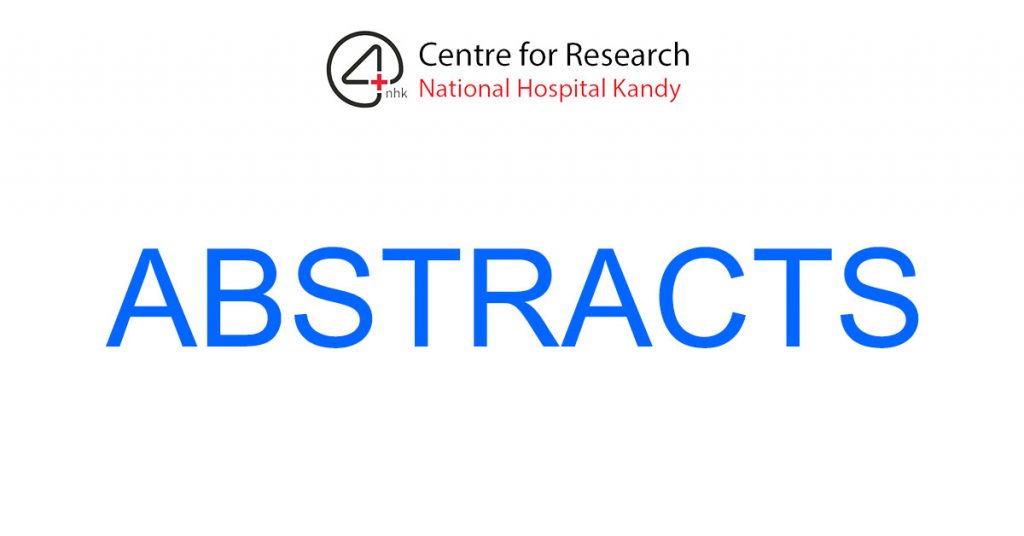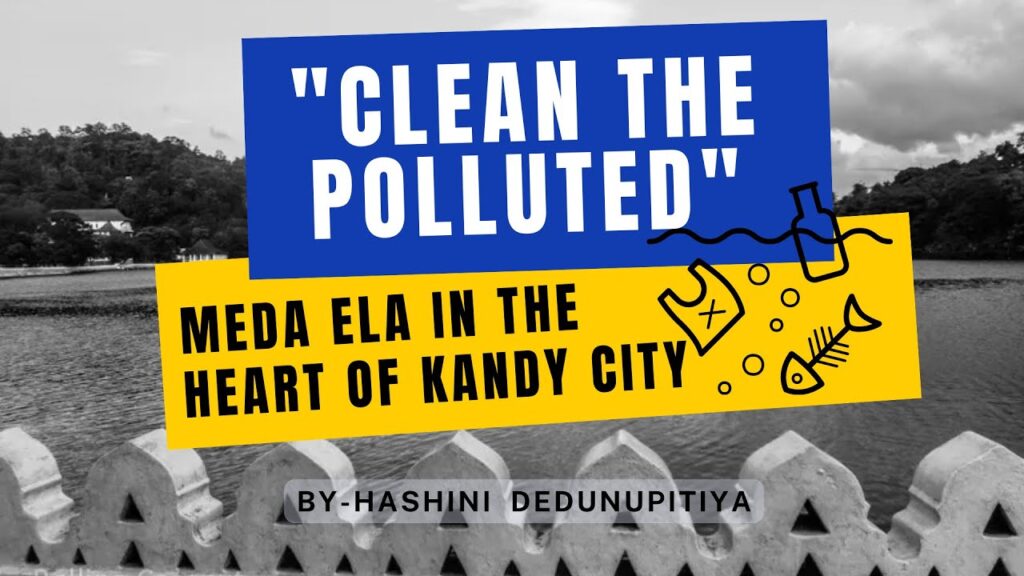Shanika Nanayakkaraa,b,⁎,1, S.T.M.L.D. Senevirathnac,1, Kouji H. Haradad, Rohana Chandrajithe,
Toshiaki Hitomif, Tilak Abeysekerag, Eri Musoh, Takao Watanabei, Akio Koizumij
Affiliations
a. School of Dentistry, Faculty of Medicine and Health, The University of Sydney, Sydney, Australia
b. Institute of Dental Research, Westmead Centre for Oral health, Westmead Hospital, Westmead, Australia
c. CSU Engineering, Faculty of Business, Justice and Behavioural Sciences, Charles Sturt University, Bathurst, Australia
d. Department of Health and Environmental Science, Graduate School of Medicine, Kyoto University, Kyoto, Japan
e. Department of Geology, Faculty of Science, University of Peradeniya, Sri Lanka
f. Department of Preventive Medicine, St. Marianna University School of Medicine, Kawasaki, Japan
g. Department of Pharmacology, Faculty of Medicine, University of Peradeniya, Sri Lanka
h. Division of Nephrology and Dialysis, Kitano Hospital, Tazuke Kofukai Medical Institute, Osaka, Japan
i. Faculty of Child Education, Tohoku Bunkyo University, Yamagata, Japan
j. Institute of Public Health and Welfare Research, Nakagyoku, Kyoto, Japan
Abstract
Chronic kidney disease of uncertain etiology (CKDu) in areas in and around Sri Lanka’s North Central Province has been identified as a major non-communicable disease due to its high prevalence and the burden on the public health system. Controversial evidence relating to the etiology and risk factors of CKDu has been reported. The most debated is the role of trace elements such as Cd and As in the pathogenesis of CKDu.
Urine and hair samples collected from CKDu patients and healthy controls were measured for the concentration of different elements including Cd and As. To assess the possible environmental exposures, drinking water and rice samples collected from the affected areas as well as unaffected areas in the country were analyzed. Transmission electronic microscopic analysis of renal biopsies from CKDu patients was also performed. Analysis of drinking water and rice samples indicated that the levels of all minerals and trace elements analyzed including Cd and As were within the levels recommended by World Health Organization and Sri Lanka drinking water guidelines and did not suggest any form of contamination. Analysis of biological samples, including urine, hair and renal tissue, did not provide evidence to support Cd or As toxicity in CKDu patients.
Overall, the observations of this integrated, comprehensive study, which included biological, environmental and pathological investigations, strongly support our previous reports on the absence of Cd and As toxicity in areas with high prevalence of CKDu. Further, these observations do not provide evidence on the involvement of Cd and As in pathogenesis of CKDu in Sri Lanka.
Keywords: Arsenic; Cadmium; Chronic kidney disease; Minerals; Sri Lanka; Trace elements.
![]()




